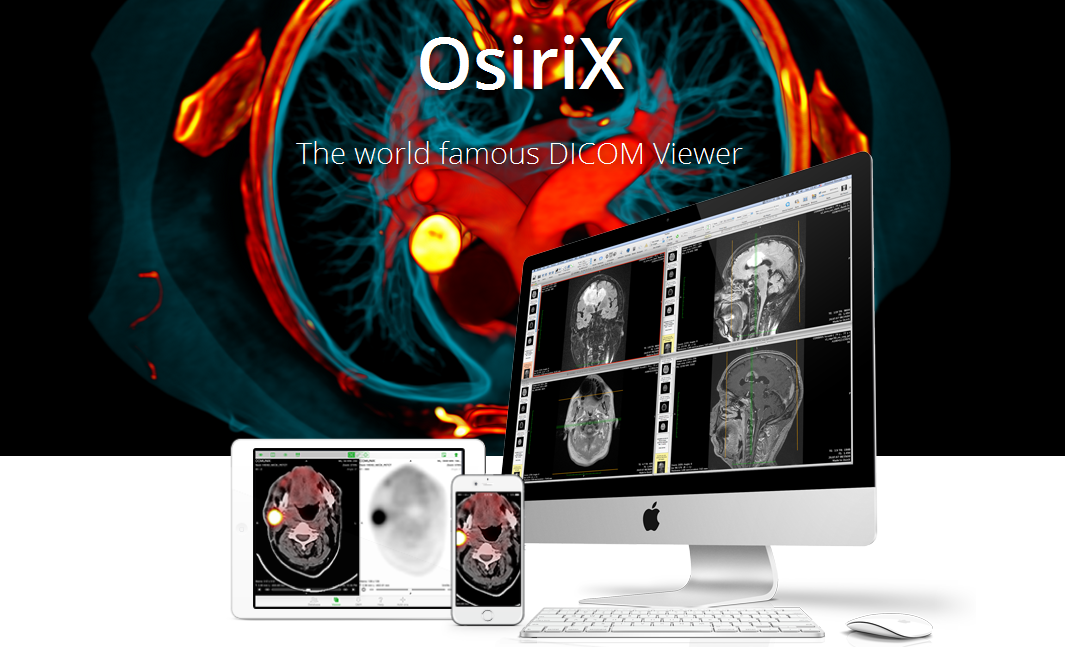

R2*-based liver iron quantification enables the noninvasive assessment of diseases that result in liver iron overload, including hereditary hemochromatosis, and blood transfusion–dependent conditions such as thalassemia, sickle cell disease, and bone marrow failure. Further, these techniques allow the simultaneous estimation of fat- and noise-corrected liver iron content using R2* (1 / T2*) quantification from the same acquired CSE MRI data.

PDFF-based liver fat quantification enables the noninvasive assessment of hepatic steatosis, the hallmark histologic feature of nonalcoholic fatty liver disease, which is estimated to affect 20–30% of the Western population. Keywords: liver disease, MRI, proton density fat fraction, R2*, ROIĮmerging measurements of proton density fat fraction (PDFF) in the liver based on chemical shift–encoded (CSE) MRI have shown great promise as quantitative imaging biomarkers for noninvasive detection, quantitative grading, and treatment monitoring of hepatic steatosis. For improved reproducibility and repeatability of liver PDFF and R2* measurements, clinicians and researchers should sample as much area of the liver as possible using multiple large ROIs. This approach was the most time-burdensome, requiring a mean ± SD of 149.7 ± 8.6 s per dataset.ĬONCLUSION. Intrare-viewer agreement was ± 2.6 s −1 for cohort A and ± 14.6 s −1 for cohort B. For R2* interre-viewer agreement had mean LOA of ± 3.0 s −1 for cohort A and ± 17.9 s −1 for cohort B. Intrareviewer agreement was ± 0.5% for cohort A and ± 0.9% for cohort B. For PDFF, interreviewer agreement had mean LOA of ± 0.8% for cohort A and ± 1.7% for cohort B. Averaging largest-fit ROIs over the nine Couinaud segments resulted in the narrowest limits of agreement (LOA) for liver PDFF and R2* measurements in both cohorts. Inter- and intrareviewer agreement of liver PDFF and R2* were evaluated using Bland-Altman analysis. Three reviewers measured liver PDFF and R2* using previously reported ROI sampling strategies. Cohort B included 37 patients with suspected liver iron overload. Cohort A included 53 patients referred for abdominal MRI and healthy subjects recruited for a comparison study of CT and MRI. CSE data from two cohorts were retrospectively analyzed. A secondary purpose was to standardize ROI-based liver PDFF and R2* measurements by providing a compromise between measurement reproducibility and repeatability and time burden for image analysts. The purpose of this study was to evaluate the reproducibility (interreviewer agreement) and repeatability (intrareviewer agreement) of ROI sampling strategies to measure chemical shift–encoded (CSE) MRI-based liver proton density fat fraction (PDFF) and R2* (1 / T2*).


 0 kommentar(er)
0 kommentar(er)
